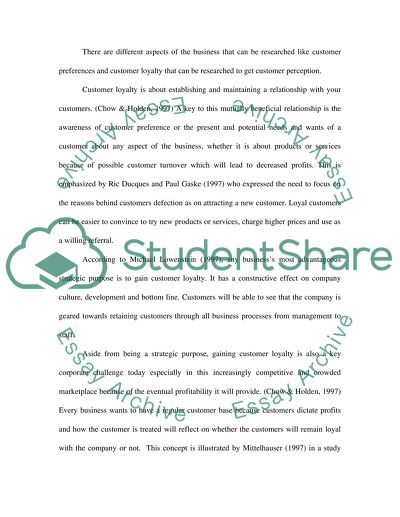Cite this document
(“Consumer Behaviour and the Role It Plays in Marketing Term Paper”, n.d.)
Consumer Behaviour and the Role It Plays in Marketing Term Paper. Retrieved from https://studentshare.org/marketing/1529894-introduction-to-marketing-essay
Consumer Behaviour and the Role It Plays in Marketing Term Paper. Retrieved from https://studentshare.org/marketing/1529894-introduction-to-marketing-essay
(Consumer Behaviour and the Role It Plays in Marketing Term Paper)
Consumer Behaviour and the Role It Plays in Marketing Term Paper. https://studentshare.org/marketing/1529894-introduction-to-marketing-essay.
Consumer Behaviour and the Role It Plays in Marketing Term Paper. https://studentshare.org/marketing/1529894-introduction-to-marketing-essay.
“Consumer Behaviour and the Role It Plays in Marketing Term Paper”, n.d. https://studentshare.org/marketing/1529894-introduction-to-marketing-essay.


